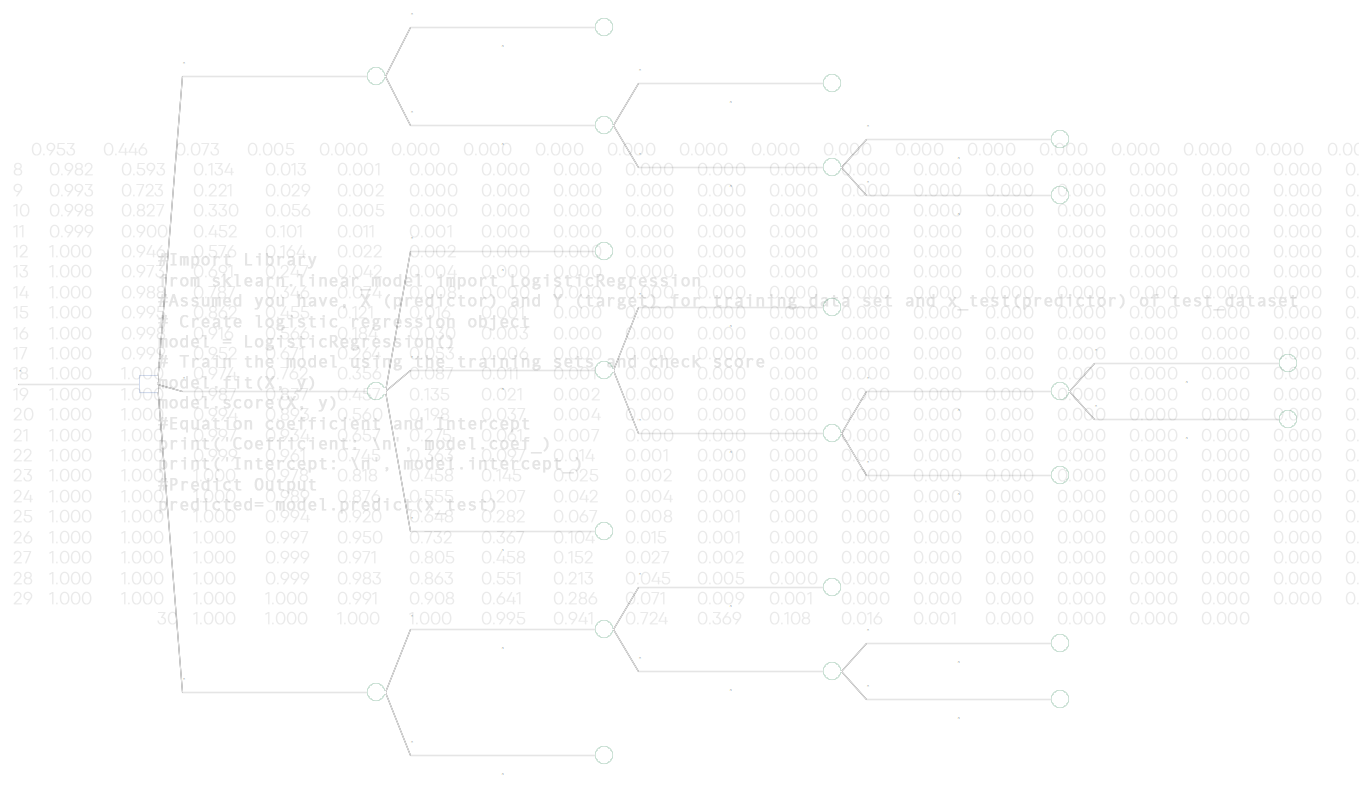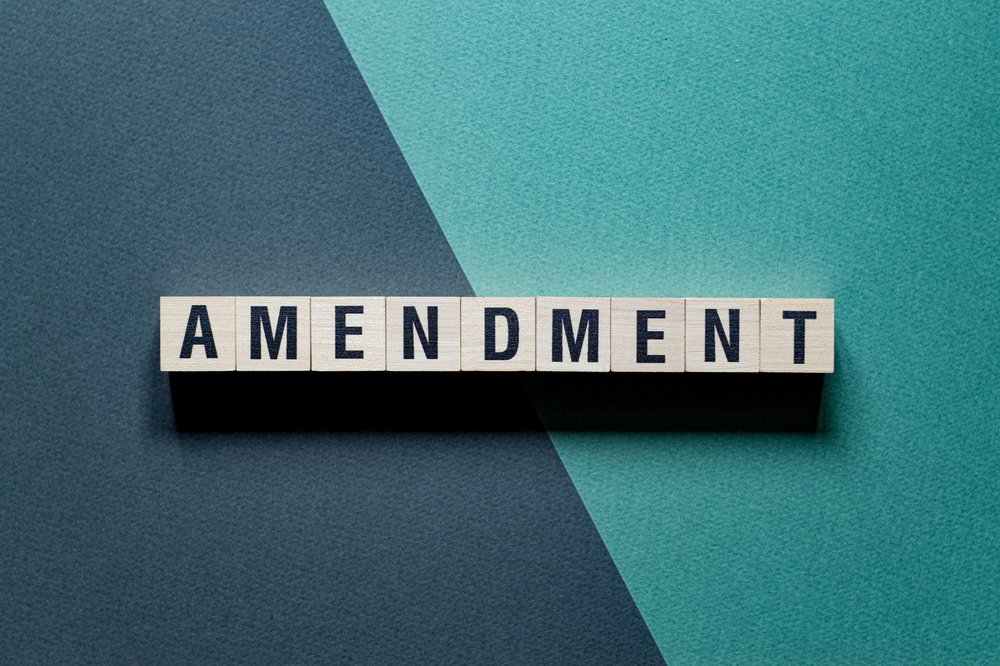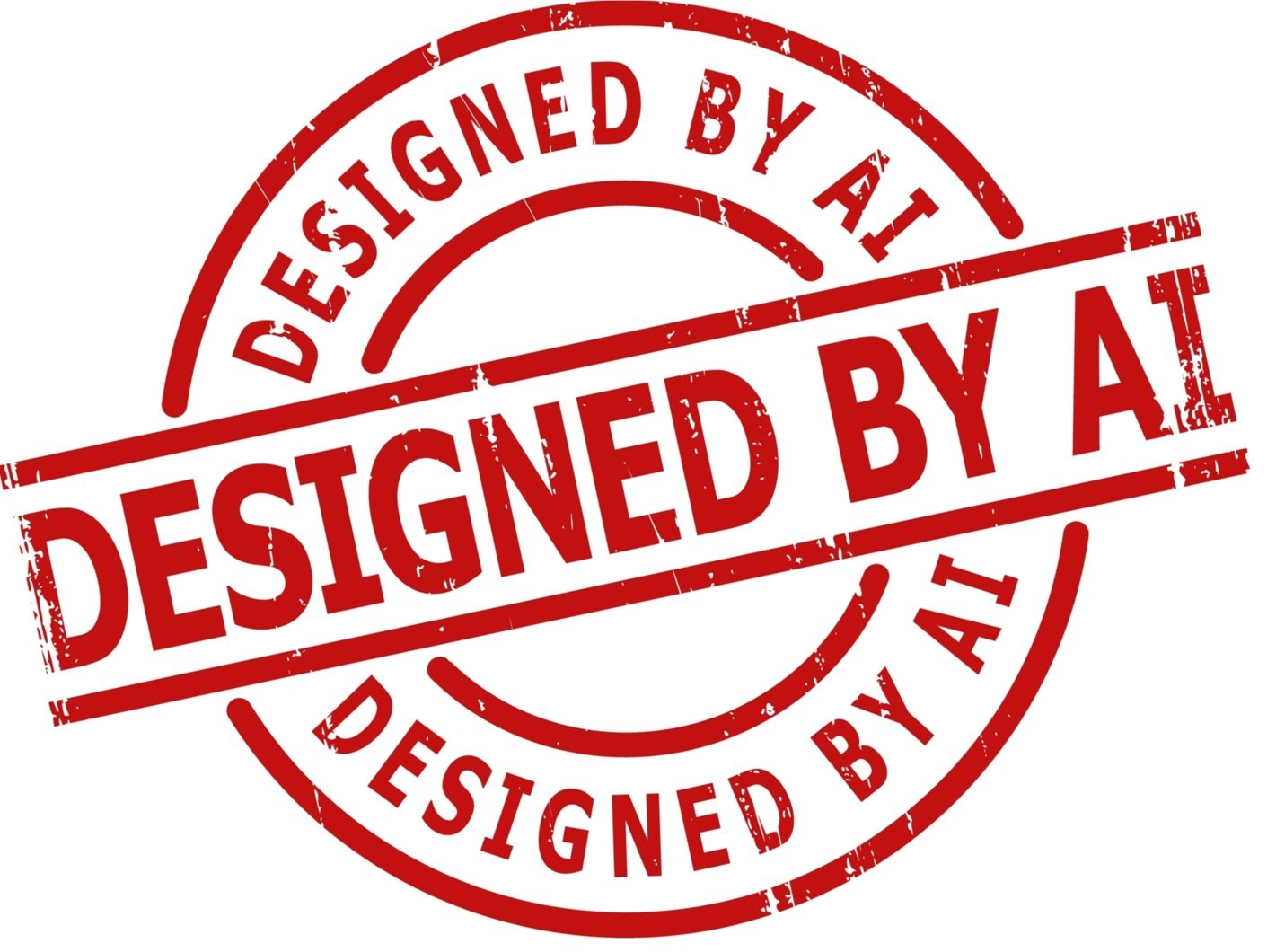
Insights
Legal Considerations for Influencers and Content Creators
Influencers and content creators have created billions of dollar in value for businesses. As influencers and content creators grow their followings and provide services for businesses, it’s important for them to have the necessary legal tools and knowledge to lawfully monetize their endeavors. If you are—or are thinking of becoming—a creator or influencer, our free guide can help you do so in a legally compliant and ethical manner.
Trademark Tacking: Can I Change My Mark After Registering it?
Brands and logos evolve over time. However, trademark registrations are based on a defined mark, for defined goods and services, and protection of that mark relates back to its date of first use in commerce. If a business completely changes its brand or logo, it must register the new trademark, and the protection begins to run from the date of first use of the new mark in commerce. And if a business stops using its old mark, its rights in that mark will eventually be abandoned. But what happens if a name or logo is only slightly changed or updated? That is where the doctrine of tacking comes in.
When Can I Amend My Complaint? The Risks of “Strategic Amendments” in Federal Court
Parties to litigation make strategic decisions all the time about what claims (or counterclaims) to bring and how to bring them. And courts for their part often seem willing to allow parties to amend their pleadings for a wide range of reasons. But what happens if a party makes the strategic decision to hold off on adding certain claims or parties to a pleading in the hopes that adding them later—or threatening to add them later—might benefit settlement discussions?
3 Ways to Protect Your Business From Cybersquatting
No matter what sector you operate in, your business’s internet presence is likely a key component of your branding and/or marketing strategy. For that reason, it’s crucial to protect your company’s website(s) and web presence. One threat to protect against is known as cybersquatting. Here are three ways to protect your business from cybersquatting.
Beyond Brand Identification: The Certification Trademark
When we think of trademark law, we usually think of trademarks as applying only to identify brands. However, trademark law covers more than just brand identification, including certification marks that don’t have anything to do with identifying a particular brand but instead show—or “certify”—that certain standards or qualifications have been met.
3 Ways to Defend Against A Cybersquatting Lawsuit
Cybersquatting—also known as cyberpiracy—is the bad faith registration of a trademarked internet domain name with the intent to profit from the mark’s goodwill. However, not every lawsuit asserting what might appear to be a plausible cybersquatting claim has merit. If your company gets hit with an ACPA cybersquatting lawsuit, here are three defenses that may be applicable.
Recent Illinois Biometric Information Privacy Act Decision Could Have a “Crippling” Impact on Businesses
The perils of BIPA continue to increase with the Illinois Supreme Court’s decision in Cothron v. White Castle System, Inc., which held that a claim under BIPA accrues each time biometric information is collected and disclosed rather than accruing on the first collection or disclosure of such information.
Trademarking Foreign Words: Non-Latin Characters
The USPTO’s list of stands characters contains every letter from the Latin Alphabet (also called the Roman alphabet) as well as Arabic numerals. These letters and numbers are used in most of the world’s languages, from every country in the Americas and Europe to most countries in Africa and even some in Asia. But what if the word you want to trademark contains characters from a foreign language that doesn’t use the Latin alphabet? For example, what if you want to trademark a word in written Chinese or Arabic?
Can I Even Be Sued Here? The Basics of Personal Jurisdiction in U.S. Courts
The contours of when a defendant is subject to personal jurisdiction depends on the facts of a particular case, as well as the case law precedent from the court where the case was filed. As a result, it’s always a good idea for a company to consider jurisdiction before initiating or responding to a lawsuit.
10 Ways an Outside General Counsel Subscription Can Help Your Business
One of our more popular offerings at ZVMLaw is our flat rate corporate counsel subscriptions which allow small to mid-sized companies to have the benefit of an in-house legal department at a fraction of the cost. Here are ten ways our outside general counsel subscriptions can help your business.
Trademarking Foreign Words: Should I Include the Accents?
Even though we don’t often use accents—also known as diacritics—in everyday English, brand and product names are filled with words containing diacritics—from Hermès, L'Oréal Paris, and Lancôme, to Uterqüe and Castañer. To ensure the enforceability of your trademark, you will want to make sure to include things like accents and cedillas if the context calls for it in your trademark application.
First Trial Under the Illinois Biometric Information Privacy Act Results in $228m Verdict
In light of the recent large settlements and this even larger jury verdict for violations of BIPA, companies doing business in Illinois should expect more BIPA suits with even higher settlement demands and should closely monitor any biometric information that may be collected from residents of Illinois (by the company or its vendors) to ensure that any such collection complies with BIPA.
Beware of Biometrics — What Companies Need to Know About the Illinois Biometric Information Privacy Act
Google, Snapchat, Facebook, and TikTok have all recently settled multi-million dollar class action claims for alleged violations of the Illinois Biometric Information Privacy Act (“BIPA”). What is BIPA, and why are tech companies paying out millions of dollars for violating it?
Risks of Using Nonparty Subpoenas to Obtain Discovery
Case law is increasingly clear that nonparty subpoenas should not be a substitute for traditional discovery or a workaround when a party fails to get the information via more appropriate means. This blog post outlines the risks involved in relying on nonparty subpoenas to obtain discovery.
When Can You Inspect an Opposing Party’s Computers and Digital Data in Litigation?
Parties in litigation can file requests to inspect the opposing party’s computers or other electronic devices for evidence to support their claims. However, due to the intrusive nature of such requests, courts won’t just rubber stamp any request to inspect. This blog post discusses the requirements necessary to support such a request.
Protecting Your App Icon
Creating and protecting a distinct and eye-grabbing app icon can help users to quickly identify your app on their device. You can and should consider protecting your app icon through trademark registration, copyright registration, and trade dress protection.
The New Copyright Claims Board — “Small Claims Court” for Copyright Infringement Claims
The new Copyright Claims Board (CCB) provides a more accessible, streamlined, and cost effective option to resolve copyright disputes with under $30,000 at issue than filing a lawsuit in federal court. This blog post covers everything you need to know about the CCB.
5 Types of Unconventional Trademarks
Trademarks are typically thought of as slogans, logos, or brand names, but trademarks can be so much more. This post discusses 5 unconventional types of trademarks.
5 Things to Know About NFTs and Copyright Law
While NFTs are relatively new, U.S. copyright law treats NFTs the same as any other traditional work, which has led to many misunderstandings among those who mint, purchase, and sell NFTs. Here are the five things to know about NFTs and U.S. copyright law.
Are Works Created By AI Protected by Copyright?
With the emergence of Artificial Intelligence (AI) in recent years, creative works can now be produced based on decisions made by computers, without specific direction from a human author. This raises the question of whether such tools can create a “work for hire” for a human owner, such that the work is protected by U.S. copyright law, even though no human is directly involved in the creation of the work.




















